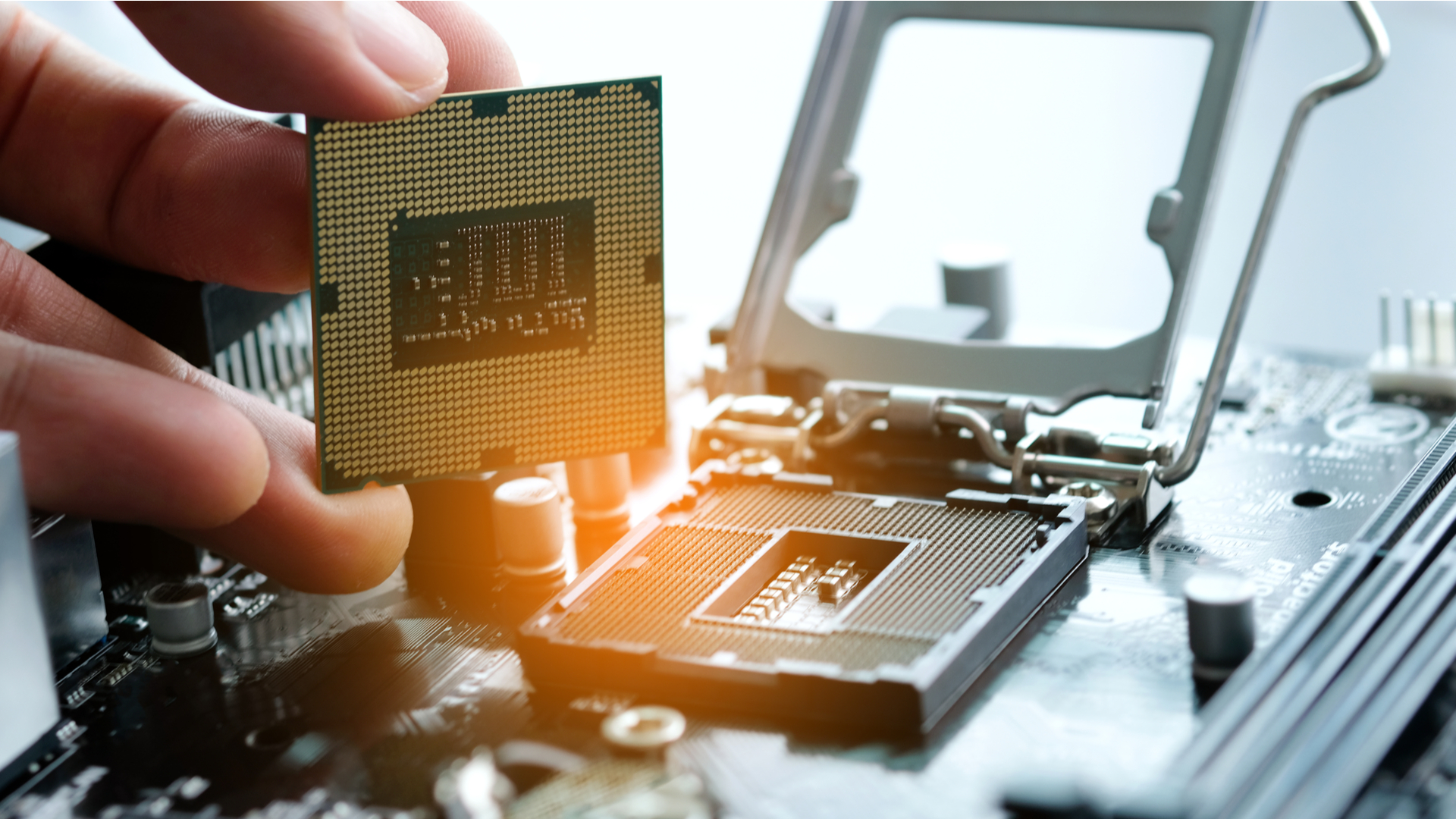How-To-Build Guide(s)
Disclaimer
Generally building a computer consists of a couple of simple steps. However, these steps can change depending on the types of parts being used in the computer. As a result, this guide just describes the average experience when building a computer.
Blockquote
Building a computer is not just assembling parts; it's a journey of curiosity, perseverance, and innovation. Each component is a step towards unlocking the potential of your creation, turning dreams into a tangible reality. Embrace the challenge, for in the act of building, you empower yourself to conquer the unknown and shape your digital destiny.
Lists
How to build a PC, the last guide you'll ever need
Short tutorial video
Items
- CPU (Central Processing Unit)
- Motherboard
- RAM (random access memory)
- Storage (SSD or HDD)
- PSU (power supply)
- GPU (Graphics card or Graphics processing unit)
- Case
- Cooling System (fans or water cooling)
- Cables
Being prepared will make building a computer a smoother process. First, make sure you have all your components. This includes:
- Screwdriver
- Cable Ties
- Thermal paste
- Anti-static wrist strap(optional)
Tools
Next you want to make sure you have the right tools. Generally, you only need a few items i.e.
Icons
Example price table
PC showed in video
| Part | Name | Price |
|---|---|---|
| Motherboard | ASUS TUF Gaming X570-PRO (WiFi 6) AM4 Zen 3 Ryzen 5000 & 3rd Gen Ryzen ATX Motherboard (PCIe 4.0, 2.5Gb LAN, BIOS Flashback, HDMI 2.1, USB 3.2 Gen 2) | 293.93 |
| CPU | AMD Ryzen 5 5600X 6-core, 12-Thread Unlocked Desktop Processor with Wraith Stealth Cooler | 154.16 |
| Storage | SABRENT 1TB Rocket Nvme PCIe 4.0 M.2 2280 Internal SSD Maximum Performance Solid State Drive (Latest Version) (SB-ROCKET-NVMe4-1TB). | 89.99 |
| Case | Fractal Design Meshify 2 Compact Black ATX Flexible High-Airflow Light Tinted Tempered Glass Window Mid Tower Computer Case | 142.17 |
| Power supply | Corsair RMX Series (2021), RM750x, 750 Watt, Gold, Fully Modular Power Supply | 139.99 |
| Graphics card | MSI Gaming GeForce RTX 3060 12GB 15 Gbps GDRR6 192-Bit HDMI/DP PCIe 4 Torx Twin Fan Ampere OC Graphics Card | 459.99 |
| Cooling system | Noctua NH-D15 chromax.Black, Dual-Tower CPU Cooler (140mm, Black) | 129.95 |
| More cooling | ASUS ROG Strix LC II 360 ARGB White Edition All-in-one AIO Liquid CPU Cooler 360mm Radiator, Intel LGA1700, 115x/2066 and AMD AM4/TR4 Support, Triple 120mm 4-pin PWM Addressable RGB Radiator Fans | 154.99 |
| RAM | G.SKILL Trident Z RGB Series (Intel XMP) DDR4 RAM 32GB (2x16GB) 3600MT/s CL18-22-22-42 1.35V Desktop Computer Memory UDIMM (F4-3600C18D-32GTZR) | 81.99 |
| 1647.16 | ||
Left & Right
 Building a PC can be an
exciting and rewarding process. To begin, gather all the necessary components, including the
processor (CPU), motherboard, memory (RAM), storage (SSD/HDD), graphics card (GPU), power
supply (PSU), case, cooling solution, and the operating system (OS). Ensure that you have a
clean, well-lit workspace with all the necessary tools, such as screwdrivers, at your
disposal.
Start by installing the CPU onto the motherboard. Open the CPU socket, align the CPU with
the socket, and gently lower it into place. Secure the CPU in position. Next, install the
RAM by opening the RAM slots on the motherboard, aligning the notches on the RAM with those
on the slot, and pressing down until the clips snap into place.
Proceed to install the storage devices, such as SSDs or HDDs, by mounting them in the
appropriate drive bays or M.2 slots on the motherboard. Connect SATA and power cables to the
storage devices. Install the graphics card by locating the PCIe slot on the motherboard,
inserting the GPU, and securing it in place. Connect power cables from the PSU to the GPU.
Install the power supply unit into the case and connect power cables to the motherboard,
CPU, GPU, and storage. Connect front panel cables, including the power switch, LEDs, USB,
and audio, to the motherboard. Organize and secure cables for efficient cable management.
Install the cooling solution by attaching the CPU cooler according to the manufacturer's
instructions. Once everything is in place, connect your monitor, keyboard, and mouse. Power
on the PC to check if it boots properly. If successful, proceed to install the operating
system by inserting the OS installation media and following the on-screen instructions.
Building a PC can be an
exciting and rewarding process. To begin, gather all the necessary components, including the
processor (CPU), motherboard, memory (RAM), storage (SSD/HDD), graphics card (GPU), power
supply (PSU), case, cooling solution, and the operating system (OS). Ensure that you have a
clean, well-lit workspace with all the necessary tools, such as screwdrivers, at your
disposal.
Start by installing the CPU onto the motherboard. Open the CPU socket, align the CPU with
the socket, and gently lower it into place. Secure the CPU in position. Next, install the
RAM by opening the RAM slots on the motherboard, aligning the notches on the RAM with those
on the slot, and pressing down until the clips snap into place.
Proceed to install the storage devices, such as SSDs or HDDs, by mounting them in the
appropriate drive bays or M.2 slots on the motherboard. Connect SATA and power cables to the
storage devices. Install the graphics card by locating the PCIe slot on the motherboard,
inserting the GPU, and securing it in place. Connect power cables from the PSU to the GPU.
Install the power supply unit into the case and connect power cables to the motherboard,
CPU, GPU, and storage. Connect front panel cables, including the power switch, LEDs, USB,
and audio, to the motherboard. Organize and secure cables for efficient cable management.
Install the cooling solution by attaching the CPU cooler according to the manufacturer's
instructions. Once everything is in place, connect your monitor, keyboard, and mouse. Power
on the PC to check if it boots properly. If successful, proceed to install the operating
system by inserting the OS installation media and following the on-screen instructions.
Chatbot
If you have any leftover questions, you can ask the chatbot or you can send in a form

